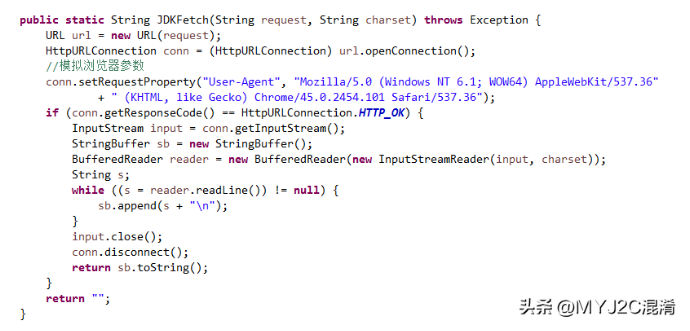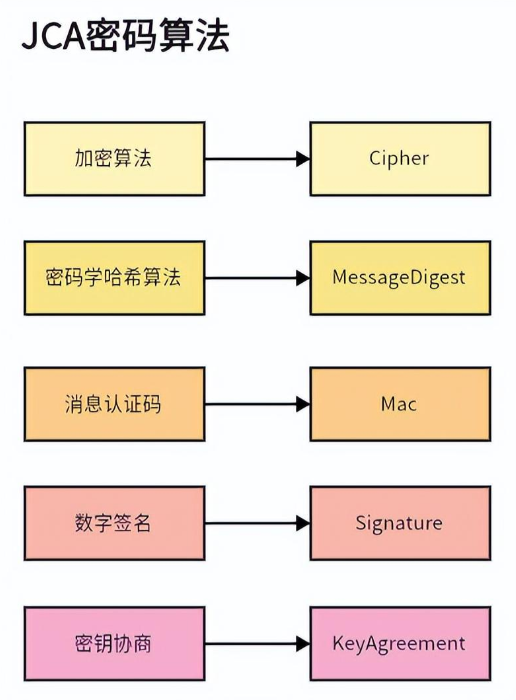Maven配置多个仓库共同使用的方法
Maven是JAVA的项目配置管理工具,用来管理依赖,具体的用途就不展开说了。大部分项目,配置一个镜像仓库地址就可以了(单个mirror)。但是有的网上下载的项目需要从多个仓库查找对应的包,从网上找了很多帖子,配置Maven的settings.xml文件中的多个仓库,都是从一个地方复制粘贴的,方法说的都不对。今天自己研究了一下,分享给大家。
最终的settings.xml文件配置
如果你不想看具体的配置,可以直接把我下面这个配置拿走,修改一下localRepository部分对应自己的本地repo(通常为~/.m2/repository),然后将settings.xml替换${MAVEN_HOME}/conf/settings.xml即可。
<?xml version="1.0" encoding="UTF-8"?>
<settings xmlns="http://maven.Apache.org/SETTINGS/1.2.0"
xmlns:xsi="http://www.w3.org/2001/XMLSchema-instance"
xsi:schemaLocation="http://maven.apache.org/SETTINGS/1.2.0 http://maven.apache.org/xsd/settings-1.2.0.xsd">
<localRepository>/Users/chris/.m2/repository</localRepository>
<pluginGroups></pluginGroups>
<proxies></proxies>
<servers></servers>
<mirrors></mirrors>
<profiles>
<profile>
<id>aliyun</id>
<repositories>
<repository>
<id>aliyun</id>
<url>https://maven.aliyun.com/repository/public</url>
<releases>
<enabled>true</enabled>
</releases>
<snapshots>
<enabled>true</enabled>
<updatePolicy>always</updatePolicy>
</snapshots>
</repository>
</repositories>
</profile>
<profile>
<id>pentaho</id>
<repositories>
<repository>
<id>pentaho</id>
<url>https://nexus.pentaho.org/content/repositories/omni/</url>
<releases>
<enabled>true</enabled>
</releases>
<snapshots>
<enabled>true</enabled>
<updatePolicy>always</updatePolicy>
</snapshots>
</repository>
</repositories>
</profile>
<profile>
<id>repo1</id>
<repositories>
<repository>
<id>repo1</id>
<url>https://repo1.maven.org/maven2</url>
<releases>
<enabled>true</enabled>
</releases>
<snapshots>
<enabled>true</enabled>
<updatePolicy>always</updatePolicy>
</snapshots>
</repository>
</repositories>
</profile>
<profile>
<id>repo2</id>
<repositories>
<repository>
<id>repo2</id>
<url>https://repo2.maven.org/maven2</url>
<releases>
<enabled>true</enabled>
</releases>
<snapshots>
<enabled>true</enabled>
<updatePolicy>always</updatePolicy>
</snapshots>
</repository>
</repositories>
</profile>
</profiles>
<activeProfiles>
<activeProfile>aliyun</activeProfile>
<activeProfile>pentaho</activeProfile>
<activeProfile>repo1</activeProfile>
<activeProfile>repo2</activeProfile>
</activeProfiles>
</settings>
settings.xml相关具体配置介绍
Mirrors标签部分
通常用来定义镜像仓库(repository),指定用来下载对应依赖和插件的仓库地址。使用Mirrors的理由如下:
- 配置一个就近加速的网络仓库;
- 配置一个你本地创建的镜像仓库;
来自Maven官方的Mirrors配置示例如下:
<settings>
...
<mirrors>
<mirror>
<id>other-mirror</id>
<name>Other Mirror Repository</name>
<url>https://other-mirror.repo.other-company.com/maven2</url>
<mirrorOf>central</mirrorOf>
</mirror>
</mirrors>
...
</settings>
在Mirrors部分可以配置多个镜像仓库,但是在该部分配置多个仓库,并不能提供自动查询多个仓库的功能,默认还是取第一个仓库进行查询。
Profiles标签部分
settings.xml中的profile部分,包括4个二级子标签:activation, repositories, pluginRepositories and properties。profile部分的内容需要在下面进行激活。这里介绍多个镜像共同使用仅介绍Repositories部分。
Repositories
配置方式如下,指定repo地址、id:
<profiles>
<profile>
<id>repo2</id>
<repositories>
<repository>
<id>repo2</id>
<url>https://repo2.maven.org/maven2</url>
<releases>
<enabled>true</enabled>
</releases>
<snapshots>
<enabled>true</enabled>
<updatePolicy>always</updatePolicy>
</snapshots>
</repository>
</repositories>
</profile>
</profiles>
Active Profiles标签部分
settings.xml配置文件最后的一部分就是激活公用多个仓库的重点activeProfiles。包含多个activeProfile元素,每一个activeProfile元素都用来指定一个上部分profile的id,也就是说,每指定一个activeProfile映射,就激活一个profile,将会覆盖其他任何环境配置。
大家从如下例子里,可以看到我配置了aliyun、pentaho、repo1和repo2四个仓库,这样再执行mvn命令,他就会从这四个仓库循环去查找包,第一个找不到就去第二个找。。。
<settings xmlns="http://maven.apache.org/SETTINGS/1.0.0" xmlns:xsi="http://www.w3.org/2001/XMLSchema-instance"
xsi:schemaLocation="http://maven.apache.org/SETTINGS/1.0.0 https://maven.apache.org/xsd/settings-1.0.0.xsd">
...
<activeProfiles>
<activeProfile>aliyun</activeProfile>
<activeProfile>pentaho</activeProfile>
<activeProfile>repo1</activeProfile>
<activeProfile>repo2</activeProfile>
</activeProfiles>
</settings>



























